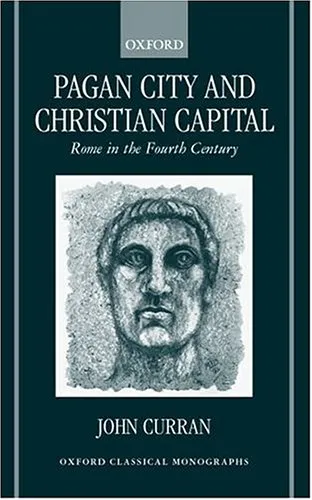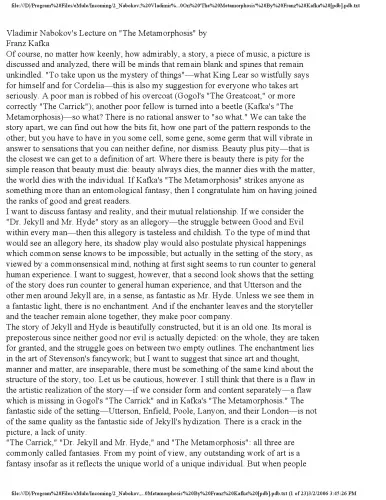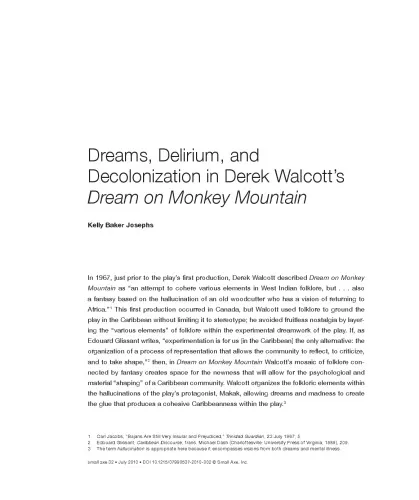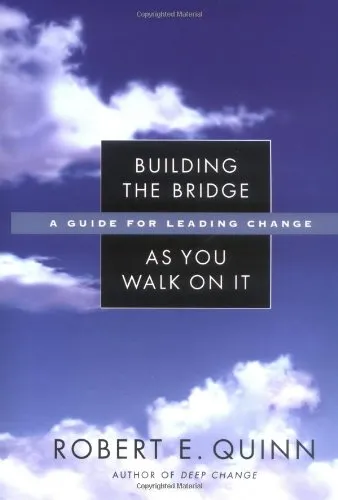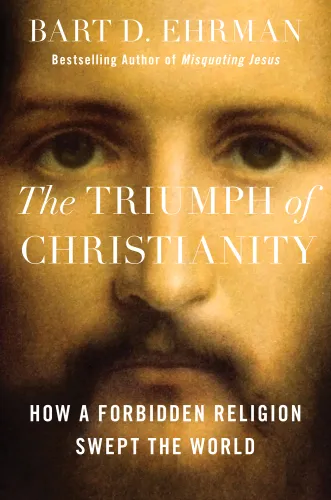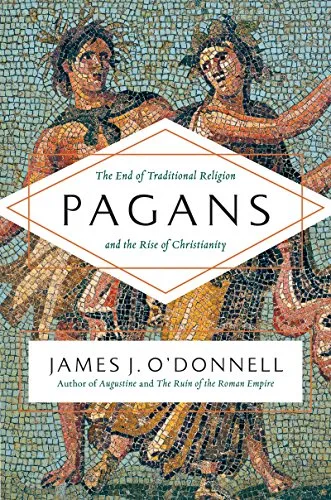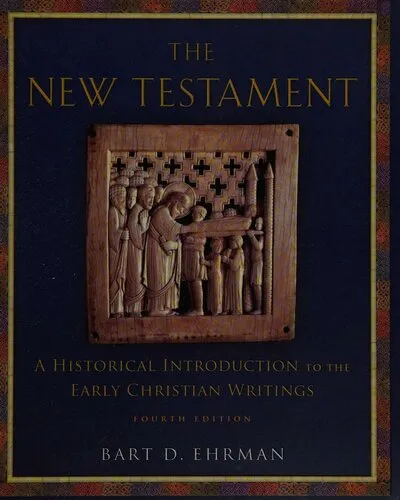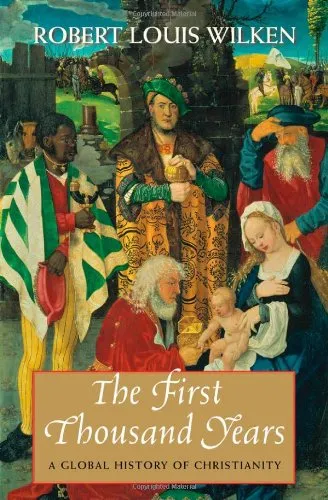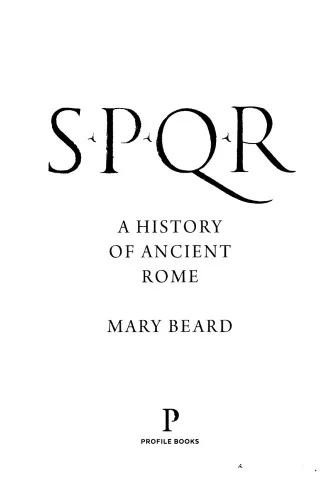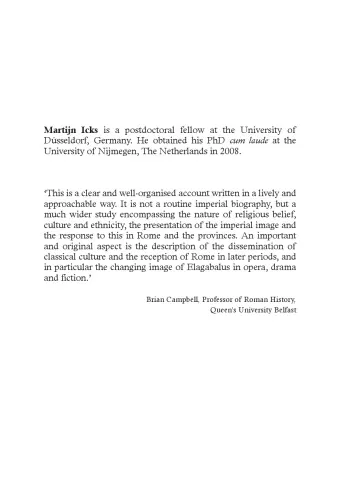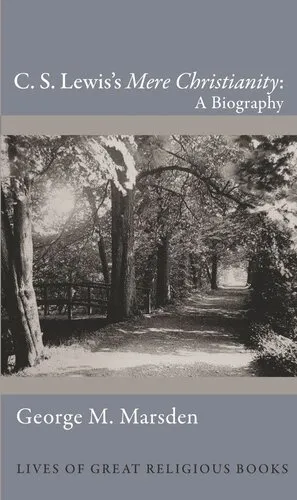Pagan City and Christian Capital: Rome in the Fourth Century
4.5
Reviews from our users

You Can Ask your questions from this book's AI after Login
Each download or ask from book AI costs 2 points. To earn more free points, please visit the Points Guide Page and complete some valuable actions.Related Refrences:
Introduction to 'Pagan City and Christian Capital: Rome in the Fourth Century'
Welcome to an exploration of Rome during one of its most transformative periods—the fourth century. This book, 'Pagan City and Christian Capital,' delves deeply into the historical, religious, and cultural shifts that turned a mighty pagan metropolis into the epicenter of Christendom. Written by John R. Curran, it provides a nuanced understanding of how these seismic changes were negotiated, resisted, and ultimately embraced.
Detailed Summary of the Book
The book represents a comprehensive narrative on how Rome, originally a bastion of paganism, gradually adopted a Christian identity. It meticulously charts the trajectory of religious transformation, offering insights into the strategies employed by early Christians and the concurrent decline of traditional Roman religious practices. Curran highlights the lives of pivotal figures, such as Emperor Constantine the Great, whose conversion to Christianity and subsequent policies significantly shaped the city's evolution. The narrative covers a range of topics, from the construction of monumental basilicas to the manner in which Christian liturgies were woven into the fabric of Roman public life. By examining archaeological finds, ancient texts, and historical records, the book constructs a textured portrayal of a city straddling two religious paradigms, beset by social tensions yet marked by vibrant cultural interplay.
Key Takeaways
- Transformation of Rome's religious landscape marked a significant turn in Western history.
- Constantine’s role was crucial in the legitimization and spread of Christianity within the Roman Empire.
- The adaptation strategies by pagan temples to stay relevant amidst the rise of Christian influence provide key insights into the city’s social dynamics.
- The evolution of public ceremonies and architecture reflected the broader shift from paganism to Christianity.
- The gradual Christianization of Rome was not entirely linear and faced significant opposition from various societal segments.
Famous Quotes from the Book
"Rome was no longer simply a city of the past; it had become the city of a new eternity, the heart of a faith that promised salvation."
"The transition of power from the temples of Jupiter to the basilicas of Christ took place as much in the politics of identity as in the structures of stone."
Why This Book Matters
'Pagan City and Christian Capital' is crucial for understanding the formative influences of modern Western civilization. The transformations experienced by Rome in the fourth century laid foundational elements for Western religious thought, urban planning, and cultural expression that would ripple through history. By examining these shifts, Curran illuminates our understanding of how a society navigates overarching change, providing educational insights that resonate with contemporary discourses on identity and tradition. For anyone interested in the dynamics of cultural transformation, religion, and history, this book offers a meticulously researched and compelling narrative that enriches the discourse on Rome’s pivotal transitional epoch.
Free Direct Download
You Can Download this book after Login
Accessing books through legal platforms and public libraries not only supports the rights of authors and publishers but also contributes to the sustainability of reading culture. Before downloading, please take a moment to consider these options.
Find this book on other platforms:
WorldCat helps you find books in libraries worldwide.
See ratings, reviews, and discussions on Goodreads.
Find and buy rare or used books on AbeBooks.
1296
بازدید4.5
امتیاز0
نظر98%
رضایتReviews:
4.5
Based on 0 users review
Questions & Answers
Ask questions about this book or help others by answering
No questions yet. Be the first to ask!
